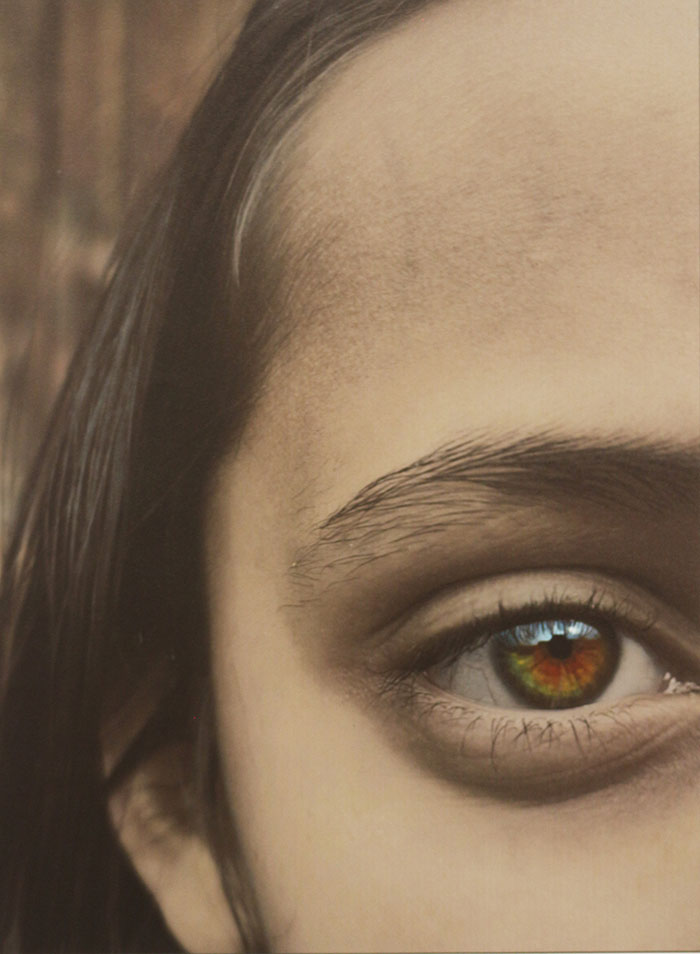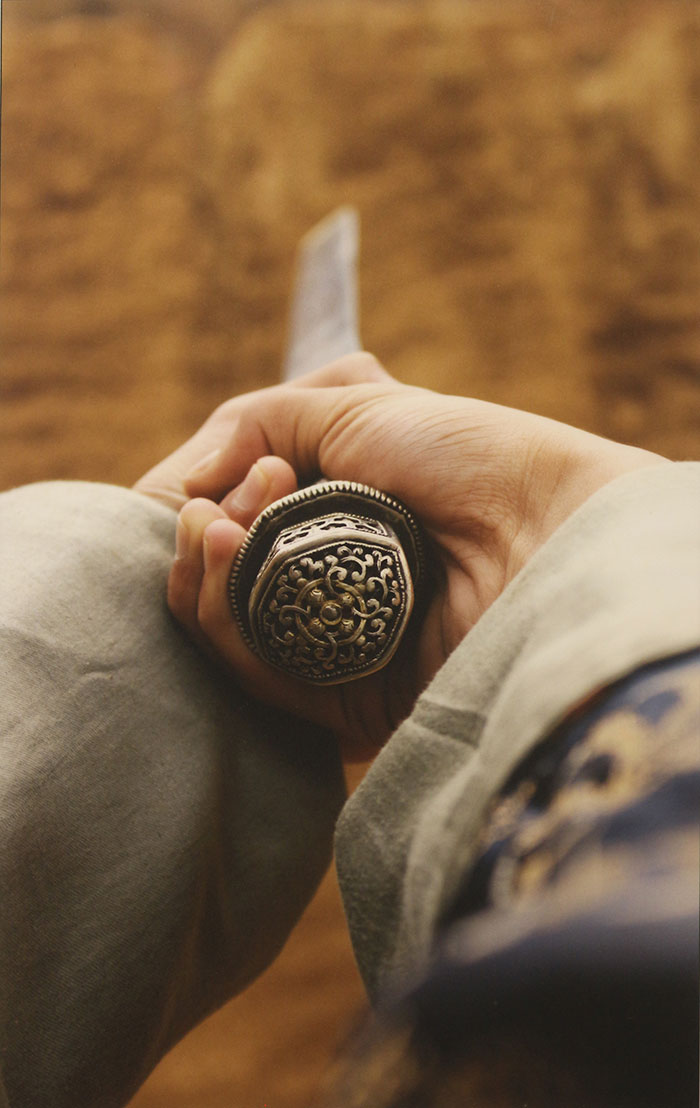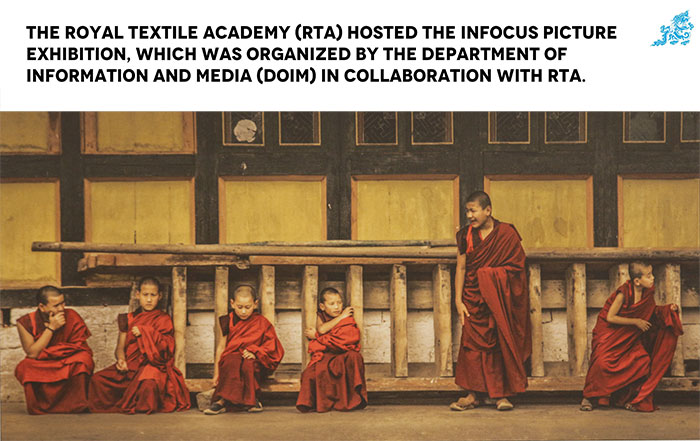Chhimi Dema
It is a subtle play of light, shadow, form, pattern and passion, a master touch and clear control and sense of composition. All these, I saw on the walls of the Royal Textile Academy (RTA) in Thimphu. It made me look at photography more deeply.
It was InFocus photo exhibition, organised by the Department of Information and Media (DoIM) in collaboration with RTA, which ended on May 12. Pictures were strikingly beautiful, of course, but I was interested more about the persons who captured them just at the right moment.
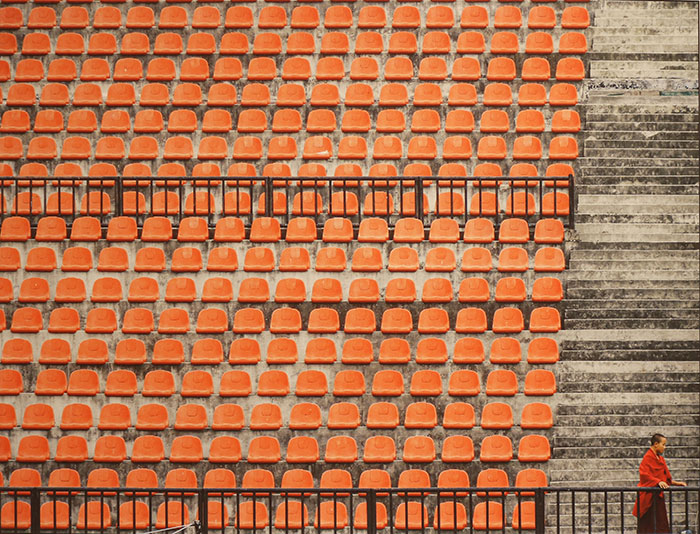
It isn’t an easy task to get shots of the critically endangered white-bellied heron or vulnerable rufous-necked hornbill. But, Tshering Tobgay, 34, a wildlife photographer, was not daunted by the long wait under the sun and the rain. On the display, I saw more than birds and animals that are fast losing their habitats. I saw the mind of the photographer.
Tshering Tobgay said: “The exhibition is a great platform for photographers to showcase their talent and skills in the art of photography.”
He said that having online platforms to showcase their work would encourage more creative expression. What’s been encouraging for photographers like Tshering Tobgay is the income opportunity that is growing now.
To be a wildlife photographer one needs passion and observation skills, Tshering Tobgay said. “What we observe keenly becomes an art.”
More than 800 photographs had submitted pictures for the exhibition. A total of 204 photographs were selected and only work of 147 photographs were exhibited given space at the gallery.

A press release from DoIM states that the exhibition was held “to support artists and other creative groups or individuals to pursue a sustainable career” in photography.
Facebook pages of DoIM and RTA will upload the selected photographs.
A monk is encircled by the structure of the Punakha Dzong. The picture showcases the magnificent architecture and shows monks renouncing worldly pursuits.
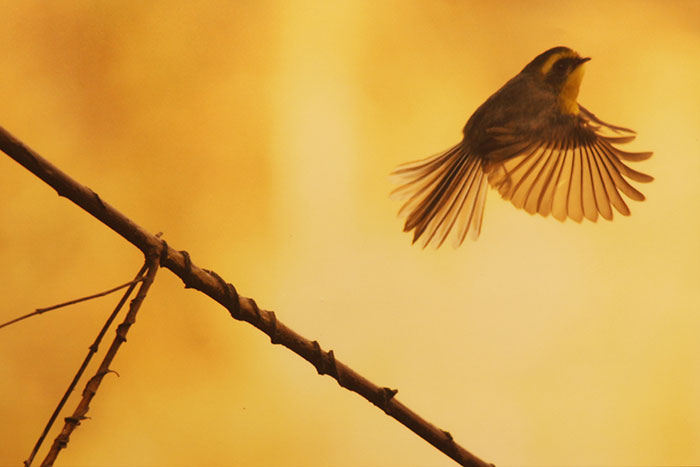
“It was my first visit to the Punakha Dzong and I was impressed by the beautiful and magnificent building. As I was leaving the Dzong, I saw the monk on the backside of the Dzong,” explains Kozo Watanabe, JICA Chief Representative who captured the shot.
Kozo Watanabe said that he could feel Bhutanese photographers’ “deep love for the culture, nature, and people of Bhutan” in the exhibition.
“Photography is a momentary encounter,” he said. “When I walk with a camera, I often have magical encounters.”
The photographers have used reflection to capture their subjects, natural light was used to bring the best of a portrait, wildlife in their habitats are brought into the frame.
Dechen Choden, a photographer, said that a platform like this was important as it encouraged them when people appreciated their work.
“Each of us has a different story to tell and our pictures do justice for us,” Dechen Choden said.
She said that the exhibition showcased amazing captures and gave a new direction for her next project.
Dechen Choden had pictures of life in the olden days, of people walking barefoot and carrying swords for self-defense and protection.
